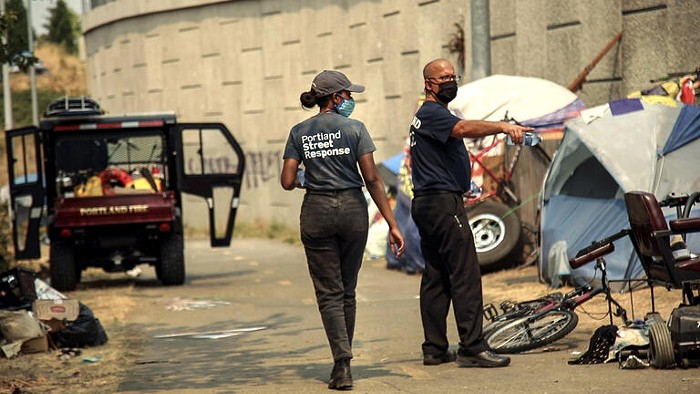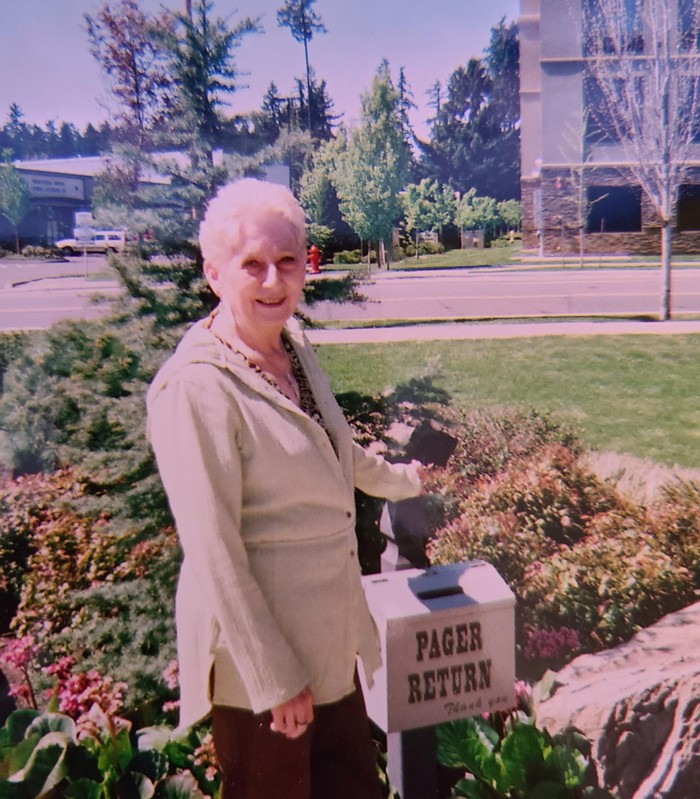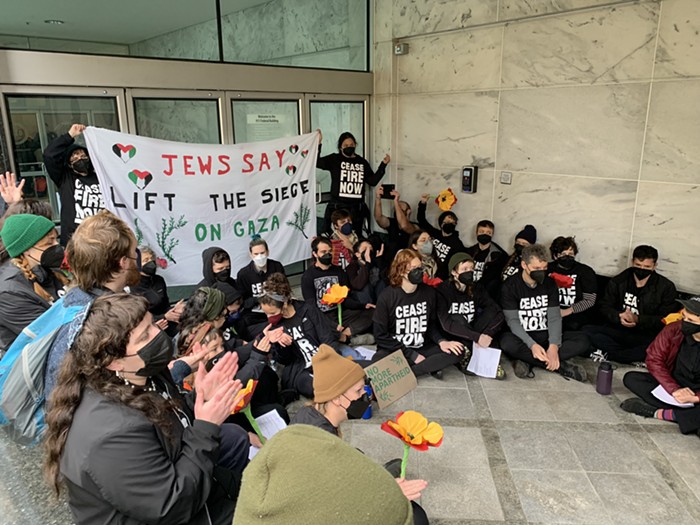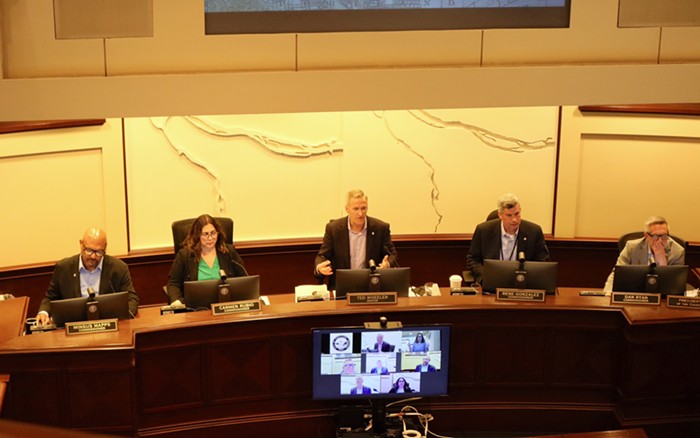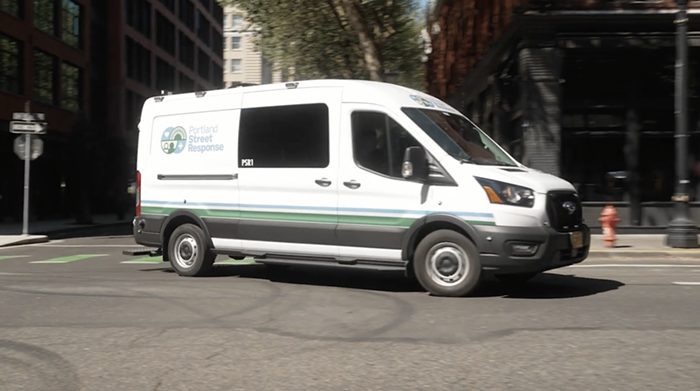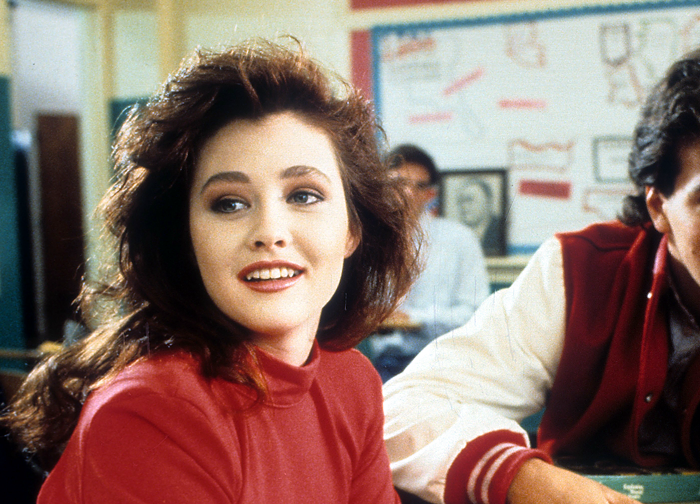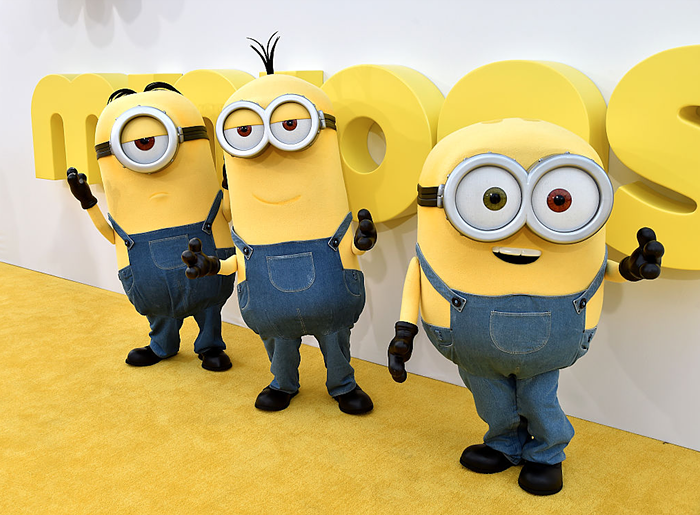JIM KELLY, scion of a well-known Portland construction family, moved out to a ranch in Eastern Oregon a few years back, not long before selling his own iconic business concern, Rejuvenation.
Life in Grant County has meant going without a few things. One of them seems to be reliable cell phone coverage—he spoke to the Mercury on a recent weekday over a landline. Another, as he sees it, is a meaningful voice in local elections. Kelly is a self-described "liberal." But his spacious corner of Grant County is represented in Salem by a pair of Republicans, Senator Ted Ferrioli and Representative Cliff Bentz—both of whom were essentially re-elected in May's primary.
"I'm a Democrat in Eastern Oregon, so my vote doesn't mean anything," Kelly says. "At the end of the day, we have very small numbers of people who are making the choice in different districts. Where I live, hard-right social conservatives are more likely to be elected."
The same might be said, in reverse, for deep blue swaths of progressive Portland. And that's partly why Kelly and other wealthy financiers from the business community have spent big bucks over the past two months—dishing out close to half a million dollars—in hopes of realizing a radical shift in the way Oregonians cast their ballots.
Their dream is something called a "top-two" primary election, explicitly seen as a means of both boosting turnout among nonaffiliated voters and filing down the sharpest edges of the political spectrum. And Kelly and his funders have turned in enough signatures to the Oregon Secretary of State's Office—more than 140,000 as of July 3—that the issue seems all but certain to appear on the fall ballot.
Dispensing with the partisan election system used in Oregon and most other states, the "top-two" system would create a free-for-all ballot in the spring of every election year, in which candidates from every party would be stacked in one place. As the system's name indicates, the two top finishers in each race, no matter their party affiliation, would advance to the fall ballot.
If Oregonians say yes this fall, they'd be following three other states: California, Washington, and Louisiana. They'd also be changing their minds after saying no to a similar top-two push back in 2008.
"It's about fairness," Kelly says. "I want the government to function. I want us to deal with the major public policy issues of the day."
But not everyone's quite as convinced.
After privately signaling their discomfort with the idea—worried it might be a stealth maneuver by the business lobby against "progressive priorities”—the state's labor movement is ready to make its opposition public.
Scott Moore, spokesman for labor-affiliated advocacy group Our Oregon, has confirmed to the Mercury that his organization will lead an opposition campaign that's expected to take shape over the next several weeks.
Moore and others have been seizing on the funding behind the latest top-two push. Every Oregon Voter Counts has raised more than $487,000 since mid-May. Of 45 cash donations, according to state records, 35 have been $1,000 or larger.
Kelly's given $50,000 in direct contributions and an additional $50,000 in loans. Kaiser executive Brett Wilcox has matched him. Other five-figure whales include Tim Boyle of Columbia Sportswear, the Standard insurance company, and the Oregon Business Association's political fundraising arm. Almost all that money has gone to a Las Vegas-based signature-gathering firm.
"Look at who's actually bringing this to the ballot," Moore says. "Why is it they want to change the electoral system? It's so they can get a specific kind of candidate—a candidate who'll be in their corner."
Kelly, speaking before Our Oregon announced its lead role in the fight against his campaign, expected heartburn from "public employee unions," who, he says, might be loath to cede their own power over the state's dominant Democratic Party.
But the funding, he says, was a matter of reality. Because it started in May, the campaign had less than two months to raise signatures and qualify for the fall ballot—not enough time, he says, to run a grassroots, volunteer effort.
"Why do you rob a bank? It's because that's where the money is," Kelly says. "I'm not denying there are some people [supporting top-two] who think this will give more influence to the business community. But I can only speak for myself and the people I deal with."
Many of the meatier arguments for or against top-two will be the same ones aired during the failed 2008 campaign—but this time with some more evidence from other states where it's been tried out.
Oregonians are already free to switch their party affiliations as often as they want. A nonaffiliated voter can freely choose a Democratic ballot one year and Republican ballot in another, and vice versa.
Critics worry about an infusion of money and negative politics, what with two high-profile elections being held in one-party-dominated districts that maybe only had one in years past. That could raise the bar for would-be working-class candidates (although advocates for top-two insist the additional campaign spending could help more candidates get their messages out).
Minor parties, meanwhile, would no longer be featured on the fall ballot—they'd be forced to compete in the primary like everyone else. Top-two supporters say minor parties, like the Greens and Libertarians, would be free to endorse major-party candidates. But that's not sitting well.
"I can't remember if we've ever endorsed a major party candidate for a partisan race," says Seth Woolley, Portland-area treasurer for the Pacific Green Party of Oregon.
And one claim—that turnout will improve in primaries—has not been borne out after several cycles, now, with top-two elections in Washington and California. Turnout in Washington has stayed flat. And in California, which doesn't have mail-in voting, turnout in a primary election last month fell to a record low 25 percent of registered voters.
Kelly bristled at the California example, suggesting it's too big and varied to apply here. He also said his measure would list candidates' party affiliations alongside their names, an olive branch of sorts to the major parties.
And success, he insists, could lead to success on bigger issues. Like campaign finance reform.
"This is a step in the right direction," Kelly says. "It's not a panacea."

